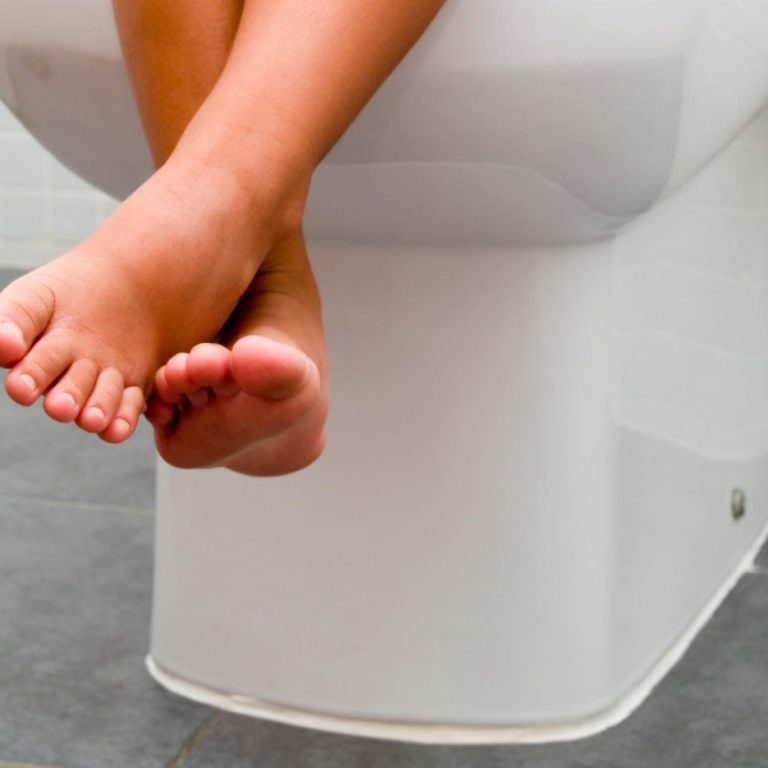Our Occupational Therapist, Rachel Hammond, checked in to give us some top tips for toilet training our little ones.
Rachel says: Toilet training can be a really tricky time and achieving clean and dry can be a challenge for so many of our little people. Understanding your child’s current toilet routines and putting in place some simple steps can help make this a much smoother process for parents and little ones!
Knowing when your child would usually wet or soil and encouraging a “try” on the toilet at this time makes those first few times sitting for poo or wee a little bit easier.
The Professional’s Tip!
- Occupational Therapist’s suggest taking this a step further and timing your child’s input to maximize their chance of a successful attempt on the toilet. Try and offer a full 200ml drink about 15-20 minutes prior to toilet time. That way your child will start to understand the messages their body is getting (“my bladder is full”) rather than it slowly filling from little sips at a time.
- You can repeat this 6-8 times throughout the day, ensuring your little one has enough fluid while still learning what a full and empty bladder feels like!
But my child won’t drink a full drink!
We hear this a lot. The number one suggestion we have is to make it fun. Purchase some curly straws, have a race to see who can finish their drink first, or even add some fruit or bubbles (soda water) to make the experience a little bit more fun.
Successful poo’s are a huge achievement for our little people.
Here we can use our knowledge about our little people’s habits that they have already formed and coincide this with some basic anatomy to increase our chances for successful tries on the toilet! If your child usually does their number two’s after breakfast or lunch, then this is the best time to try. If your child has not yet established a regular bowel movement pattern, then don’t worry.
The Professional’s Tips!
- Gut motility (our metabolism) kicks in after every meal, usually around 15-20 minutes after we eat. If you time your child’s try for 20 minutes after breakfast, lunch or dinner then you have a good chance of catching a bowel motion in the toilet!
- Watch out for those sure signs that your little one is about to complete a bowel motion (the wriggles, not wanting to sit, trying to find their ‘poo’ corner) and having a ‘try’ on the toilet at this time will also increase chances of success.
- Ensuring the correct toilet position is achieved for our little people is important to provide opportunities for success. Step to reach the toilet? Toilet insert for little bottoms to make them feel safe when sitting?
How do I know if my child is even ready?
Toilet training can be a slow process! And making sure your child is ready can really help this phase of new learning along. Things to look for:
- Does your child stay dry for more than two hours at a time?
- Begin to show a regular pattern for poo?
- Showing an awareness before or after wee or poo (i.e. moving to the poo corner, letting you know they need a change)
- Show an interest in the toilet, and others using the toilet!
- Beginning to cooperate with other daily routines.
Occupational Therapists are here to support the toilet training process! When we might be able to assist with supporting toilet training:
- When your child is not yet dry at night
- Holding poos and wees
- Regular soils or ‘skids’ in their underwear
- Not wanting to sit for toilet attempts
- Not yet managing to achieve the ‘toilet trained’ status
- Regression of toilet trained status to wetting or soiling again
- Regular dribbles in their underwear
- Increased frequency for urine without a medical infection present (UTI)
Give us a call and book an appointment with one of our Occupational Therapists for some support with the toilet training process!

